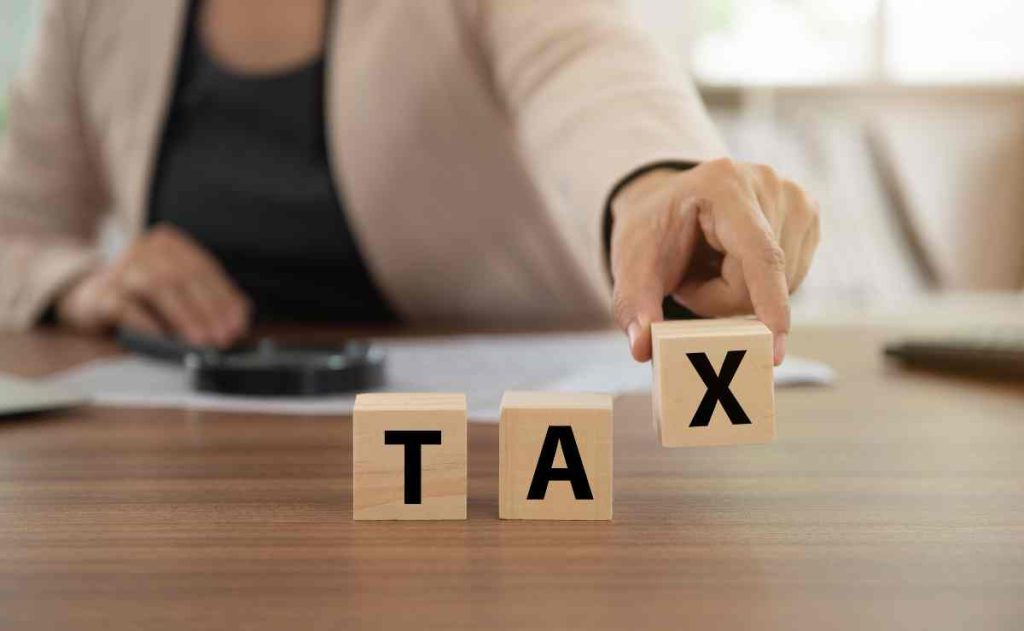As the 2023 tax season approaches, millions of taxpayers are gearing up to file their income tax returns. The IRS is providing guidance on optimizing the process to expedite your refund and checking its status efficiently. Although the specific start date for processing 2023 returns has not been officially announced by the IRS, historically, the agency initiates this procedure in the last week of January.
As we approach that timeframe, here’s essential information to keep in mind regarding your tax refunds. When it comes to tax refunds, the IRS generally aims to issue them promptly. In fact, the agency notes that, in most cases, nine out of 10 refunds are processed and issued within a timeframe of 21 days from the date of receiving your tax return.
How soon can I expect to receive my tax refund?
However, in instances where your refund requires additional processing time, several factors might be influencing the delay. The IRS indicates that issues such as the necessity for corrections to errors or outstanding payments on past-due tax debts could contribute to a lengthier processing period. It’s essential to be aware of these potential factors, as they can impact the timeline for receiving your tax refund.
To enhance the efficiency of your tax refund processing, the IRS suggests opting for direct deposit rather than relying on a paper check. Direct deposit is a secure and swift method, ensuring that you receive your refund in a timely manner. It’s important to note that the IRS advises refunds to be deposited exclusively into U.S.-based banks in the taxpayer’s name to facilitate a smooth and trouble-free process.
Additionally, the use of prepaid debit cards is a viable option for receiving your refund. However, it is advisable to consult with your banking institution to ensure compatibility and address any specific concerns related to this method. By considering these recommendations and selecting the most suitable option for your financial setup, you can contribute to a faster and more seamless processing of your tax refund.
How Do I Monitor the Status of My Tax Refund?
The IRS provides a convenient tool known as “Where’s My Refund” for tracking the status of your refund, but the timing of when you can use it depends on certain factors. For instance, if you choose to e-file your 2023 return, you can access the tool approximately 24 hours after submitting your forms to the IRS. This allows for a swift update on the status of your refund.
In the case of e-filing for previous years’ returns, anticipate a waiting period of approximately 3 to 4 days before receiving an update on the status of any refund issued to you. Alternatively, if you prefer to mail in your tax return, please be aware that it might take up to four weeks for the IRS to reflect the latest status of your refund on their website. Keeping these timelines in mind will help you stay informed about the progress of your tax refund.
For additional information on tax refunds, the IRS provides a comprehensive list of frequently asked questions on its official website. Feel free to visit the website to explore and gather further insights.
